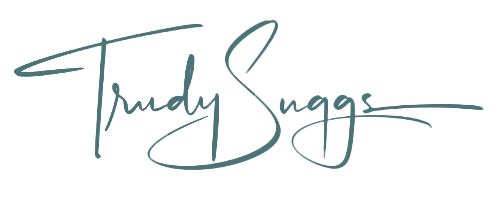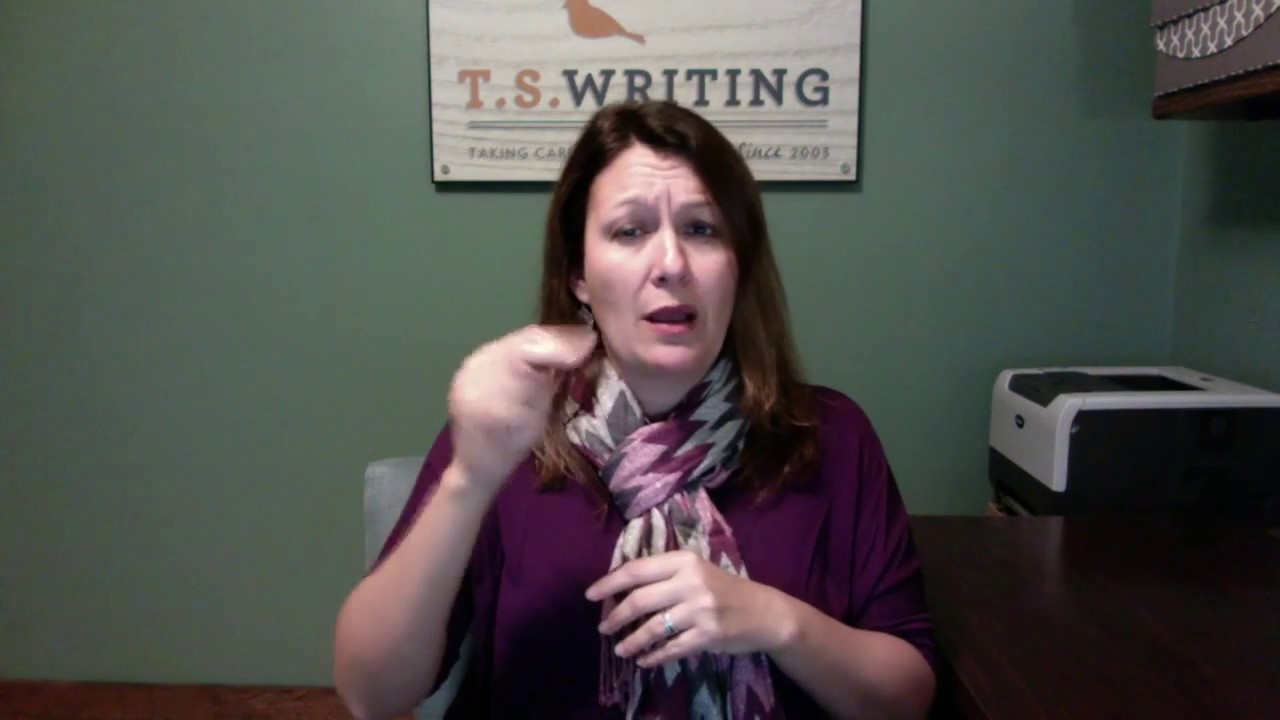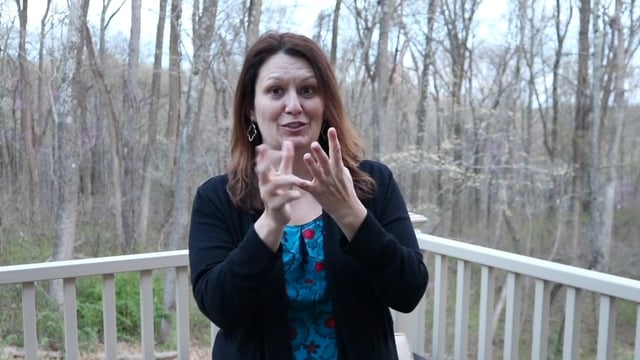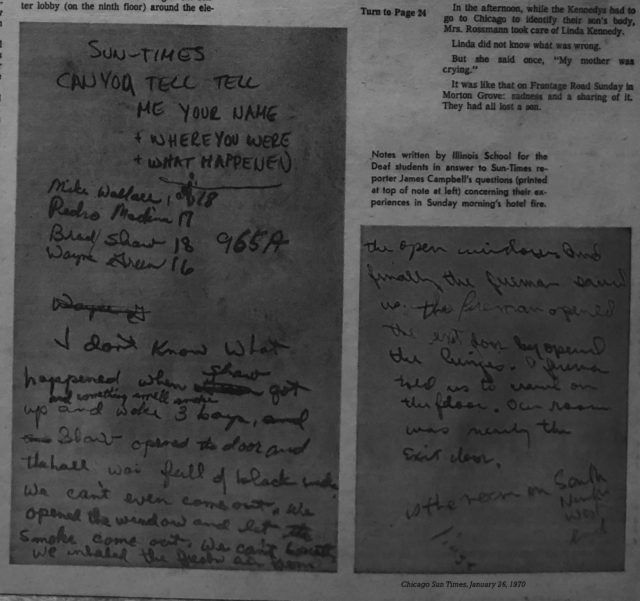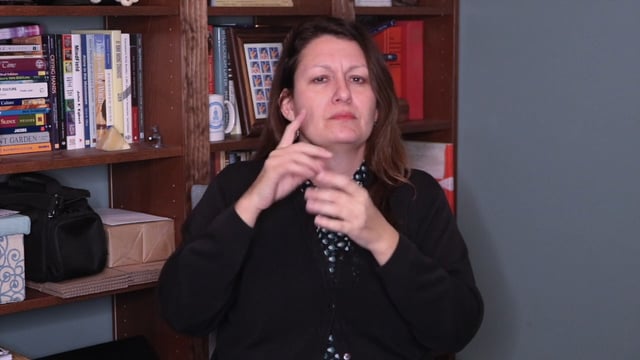This article originally appeared at i711.com.
I received a coupon booklet in the mail recently from Similac, a company that produces infant formula milk. Typically, I put junk mail in the recycle bin, but I opened this one – and I’m glad I did. Otherwise, I wouldn’t have seen this on the included flashcard:
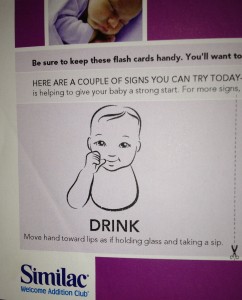 Yup, that’s a baby signing DRINK, as in “drink alcohol.” At first, I laughed at the picture because of its sheer silliness. I thought maybe Similac had the world’s worst illustrator, because many of the other signs were also inaccurately drawn. Then I thought, Obviously a hearing illustrator working with a hearing consultant.
Yup, that’s a baby signing DRINK, as in “drink alcohol.” At first, I laughed at the picture because of its sheer silliness. I thought maybe Similac had the world’s worst illustrator, because many of the other signs were also inaccurately drawn. Then I thought, Obviously a hearing illustrator working with a hearing consultant.
But then I remembered how I had been at Babies R Us, trying not to feel greedy about registering for everything in the store. There, I walked by the books section and saw a whole bunch of baby signs books. I skimmed through them, and not surprisingly, the majority of signs in the books were incorrect, or at least not part of any sign language I knew.
This isn’t about the controversy of teaching sign language to hearing babies but not deaf babies. Amy Cohen Efron’s The Greatest Irony has become one of the most referenced commentaries on this issue, so, I won’t even get into that; we must teach signs to both deaf and hearing babies. I began signing when I was six months old, thanks to my parents having signed to me from day one. That alone shows me the benefits of teaching babies sign language.
The real issue here, for me, is something I’ve mulled over for quite a while. Should we worry about correct sign production, or should we simply try to get babies and toddlers to communicate in whatever ways they can? I used to think that it maybe didn’t matter, as long as babies were being taught signs at least. Now, I think otherwise.
With this flashcard and the books on the market, I am even more convinced that the correct American Sign Language signs must be used, regardless of whether the child or parents are deaf or hearing. While I am aware of how babies and toddlers (including me when I was a tot) often cannot produce “full” signs – i.e., using one finger to sign EAT instead of the whole hand – this doesn’t mean we now have leeway to teach them whatever we think is easier.
After all, ASL has its own grammar, signs/words, and rules. I don’t know how many times I’ll say this for the rest of my life, but people have to learn that. They can’t just make up words and expect the nation to accept the new words, especially if they don’t know the language. I’ve lost count of how many times I’ve had parents say to me, “Oh! My kid knows sign language!” and then proceed to show me all the wrong signs while I nod with a polite smile.
We, deaf or hearing, should at least try to use correct signs with babies while getting them to communicate in any way possible. This has nothing but positive benefits: they grow up already knowing ASL, even if rudimentarily, and this eventually leads to a more cohesive ASL community for both deaf and hearing people. And we certainly don’t want to mislead people into thinking they can simply invent signs at any time.
A friend, expecting her second child, pointed out that the overused “I Love You” sign is also harder for babies to produce than simply signing “love.”
I thought about all this as I chuckled at the flashcard. I e-mailed Similac and explained what this particular version of the DRINK sign meant. I also mentioned that they would probably benefit from having a fluent, even native, Deaf person involved in this flashcard project, which I thought was a great tool. I also ignored the recommendation that the parent “say the word while signing to emphasize…”; obviously they don’t think deaf children are included in the “baby” category.
I, of course, did not get a response other than a form e-mail. Meanwhile, they’re going to make money off showing a baby how to drink alcohol.
But hey, anything to bring about awareness of sign language for babies, right?
UPDATE (September 21, 2007): I typically get a lot of e-mail after each column, but this one took the cake! Thanks to the group of teachers and deaf people who contacted Similac about the pictures/signs. I was just notified, and I confirmed this by looking at the website itself, that Similac has removed the file from its website.
It’s my hopes that this will lead to more work for deaf ASL teachers who are truly fluent in the language and the techniques of teaching babies (regardless of if they’re deaf or hearing) ASL. And of course, it’s my hopes that this will lead to increased ASL awareness. But I didn’t expect this outstanding response rate, so I must thank each and every one of you who contacted Similac or e-mailed me.
Copyrighted material. This article can not be copied, reproduced, or redistributed without the express written consent of the author.
